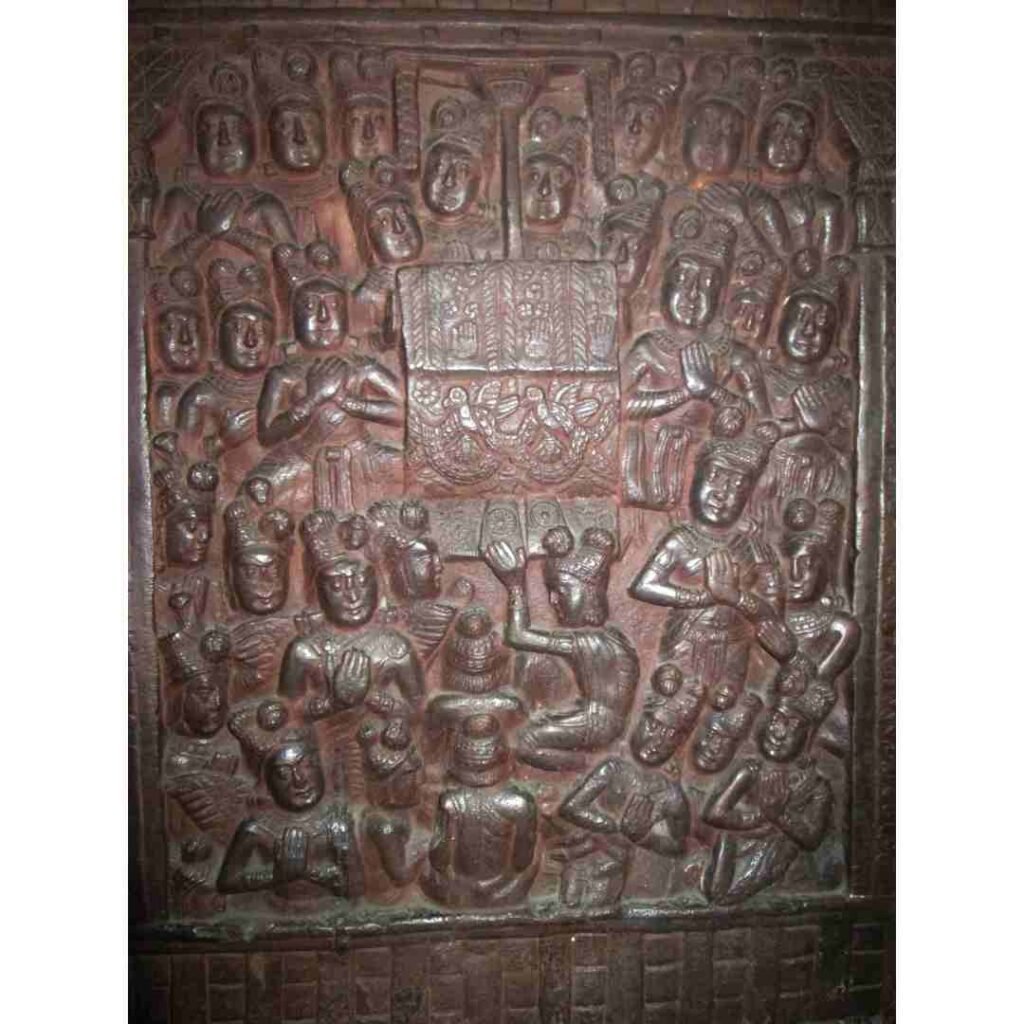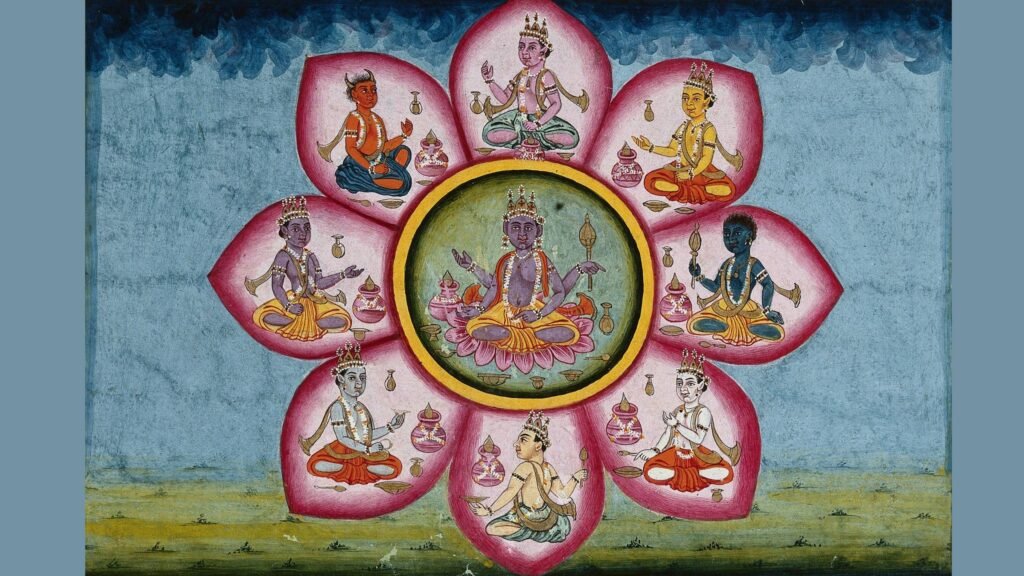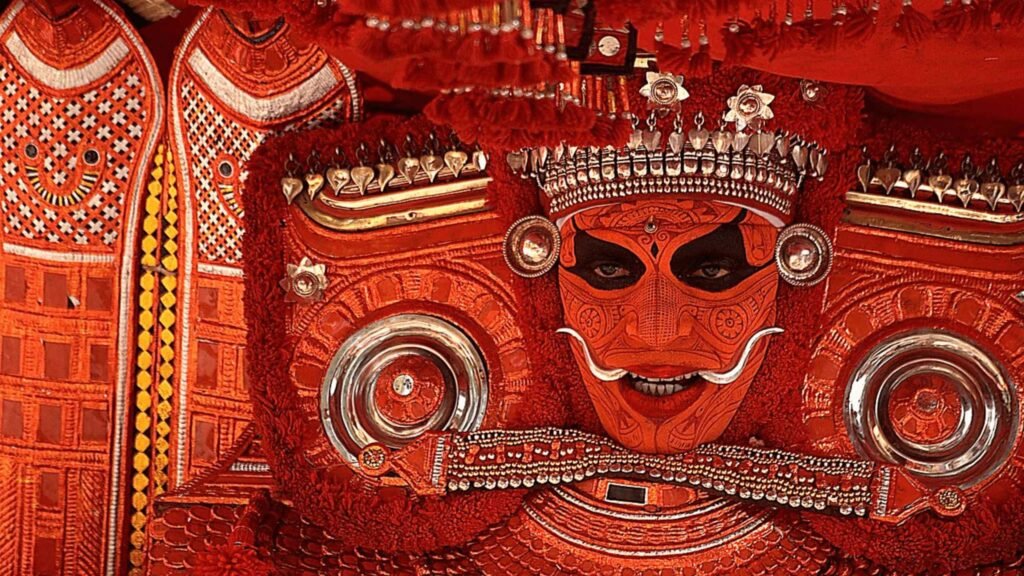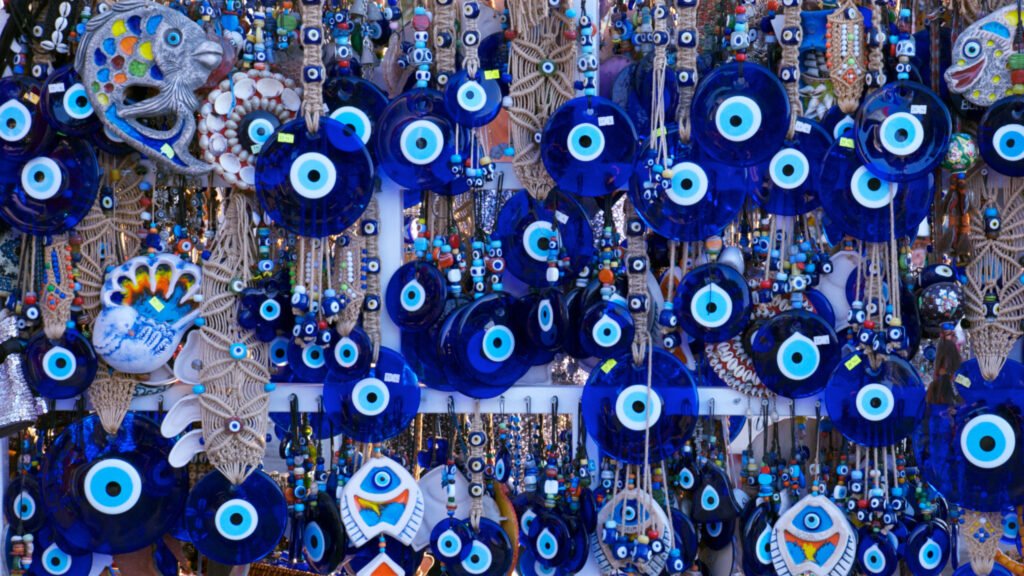Move over, werewolves and vampires. There’s a big, richly imaginative and extremely spooky world of desi ghosts, monsters and mythical creatures just waiting to devour…er to be discovered and given their rightful place in popular culture. Some of them can be found crawling through the pages of ancient texts, some adorn temple walls, while the stories of others are told through whispers and hushed songs, their forms changing and twisting with each narration. There are thousands of mythical creatures of Indian origin, but in the interest of space, attention span and potential Halloween costumes, we’ve prepared a list of seven fantastic creatures and where to find them (but hopefully you won’t go looking for them).
Tekhumiavi
The tale of the tekhumiavi or the were-tiger is popular among the Angami tribe of Nagaland. Unlike werewolves, were-tigers don’t transform from human to animal completely. Instead, only the soul of the human shifts to a tiger’s body, while the human body functions normally, albeit soulless for the time being. While in this form, the human behaves just like a tiger, and the human body experiences everything the tiger body does – somewhat like what happens in the Matrix.
Now, how does one tell a tekhumiavi from a regular tiger? Simple – the were-tiger has five claws instead of four, so you can tell from the pugmarks. So, here’s something to look out for when you’re exploring the hills of Nagaland.
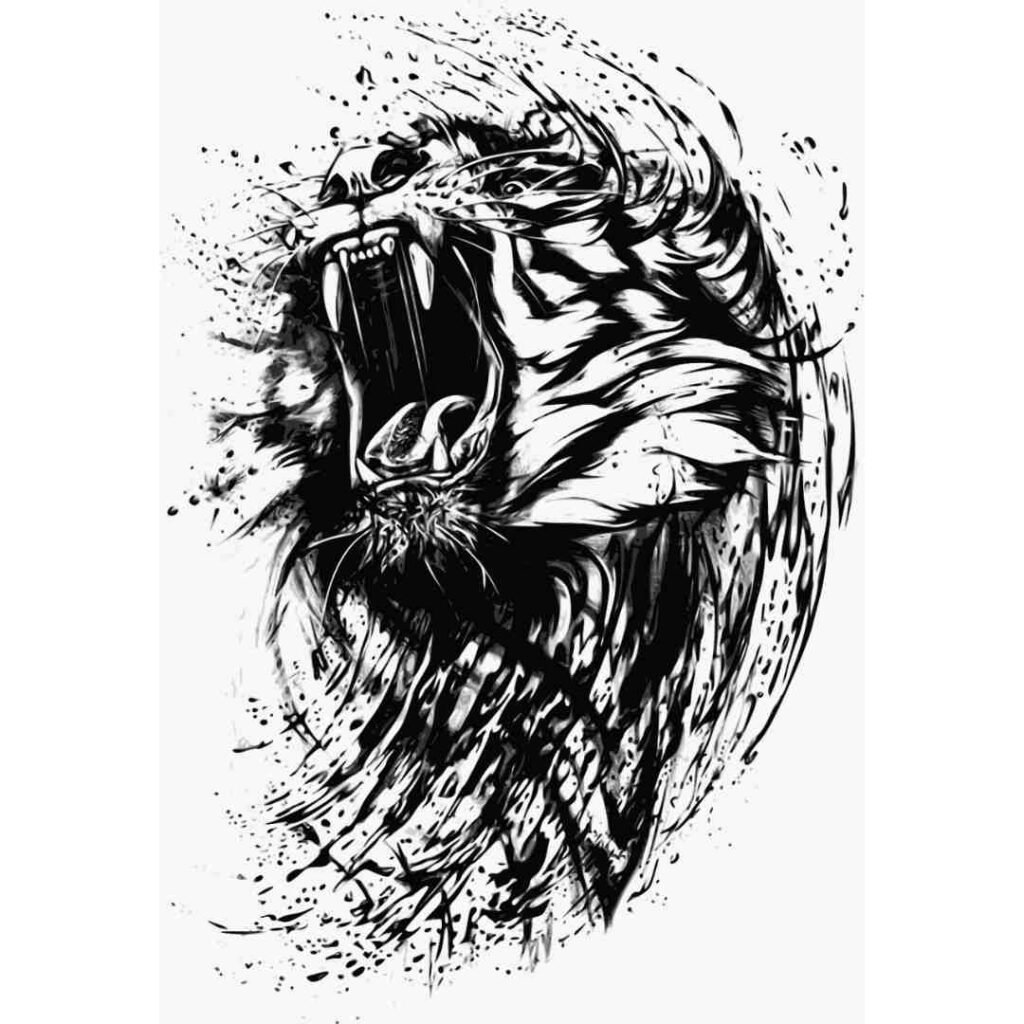
Penchapenchi
This monster out of Bengali folklore looks like an owl – yes, the dispenser of wisdom in animal stories – but it doesn’t exactly behave like one. A penchapenchi preys on forest dwellers, especially the ones who are foolish to wander off alone. Once the penchapenchi is sure that help is far away, it strikes down its prey and then drains their blood. Whether the victim turns into a penchapenchi (like in the case of a vampire bite) or not is yet to be confirmed.
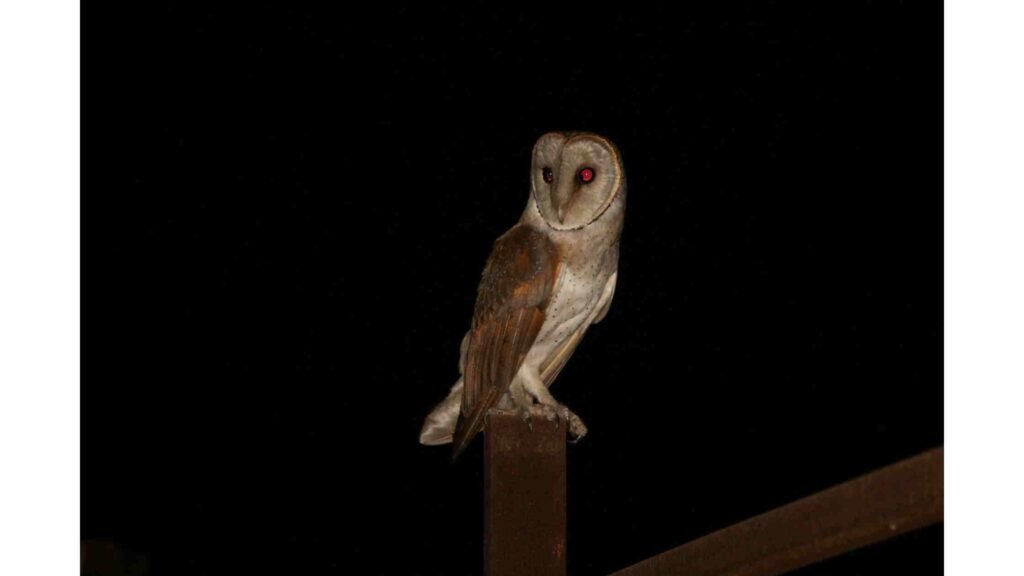
Navagunjara
A mash-up of nine different animals, the navagunjara makes a special appearance in an Odia retelling of the Mahabharata as a manifestation of Vishnu. Story goes that when Arjuna, one of the Pandava princes, was in the middle of a penance, a strange creature appeared before him. Arjuna’s instinctive reaction, because he was terrified, was of course to point an arrow at it. The creature had the neck and head of a peacock, the hump of a bull, the waist of a lion, and the tail of a snake, and it stood on three different kinds of feet – an elephant’s, a horse or a deer’s and a tiger’s. Its fourth limb was human, which held a lotus. Before he let the arrow fly, Arjuna saw the lotus and realised what the creature truly represented.
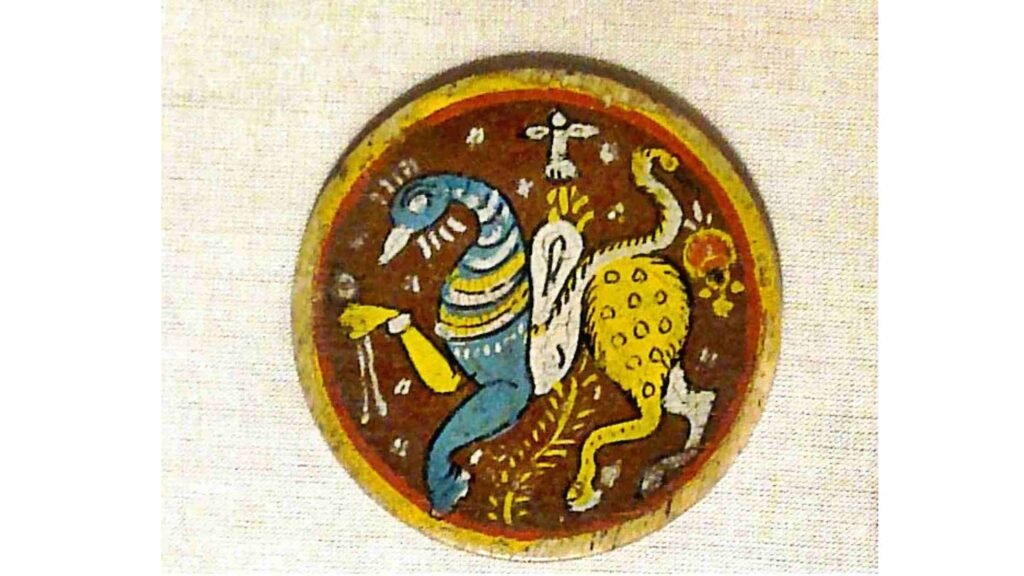
Naale Ba
An urban legend, mostly based in Karnataka, demands that the words Naale ba or ‘come tomorrow’ be painted outside houses (with no spelling mistakes, mind) to ward off a witch, who likes knocking on doors at night and murdering whoever’s unlucky enough to open them. Thankfully, the witch’s kryptonite seems to be her own politeness.
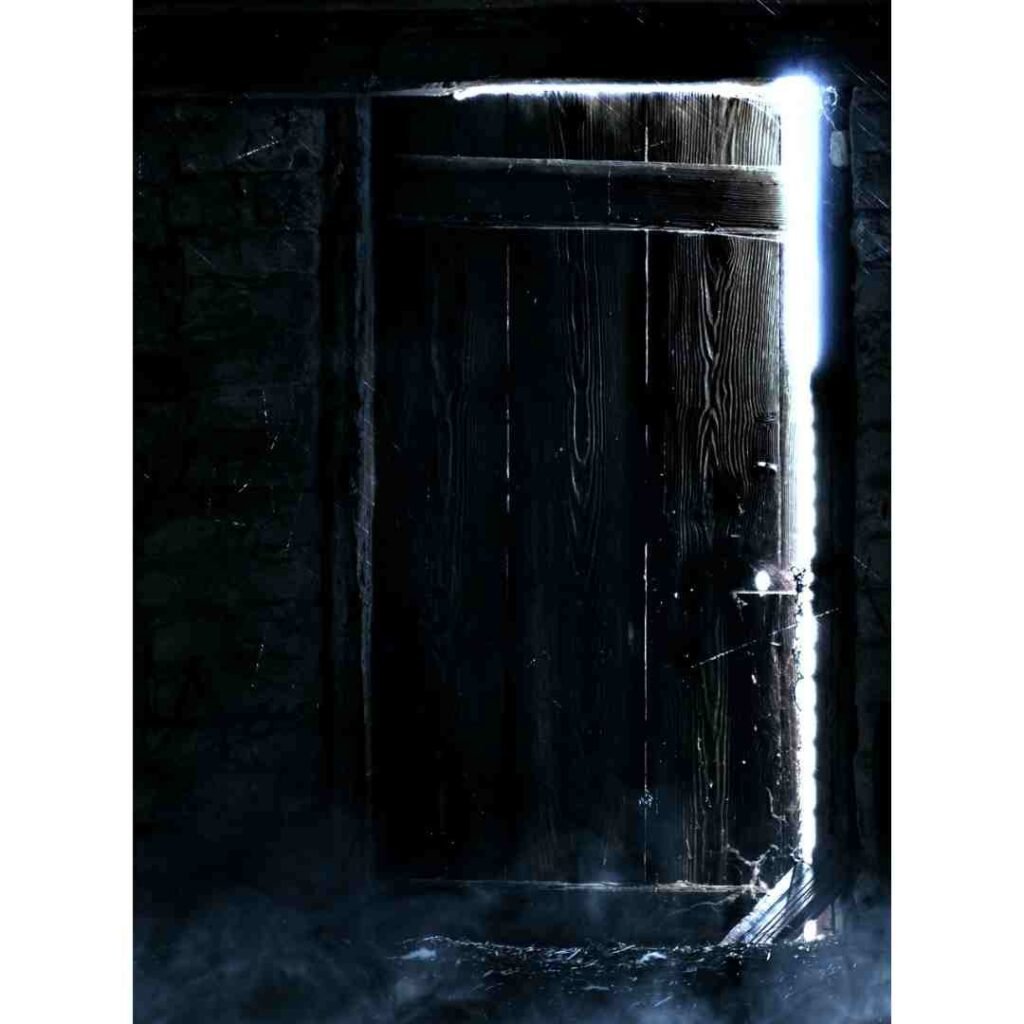
Nishi
Monsters really do have a thing for lone travellers, don’t they? The nishi, found mostly in the forests of Bengal, Bihar and Jharkhand, are particularly vicious because they call out to their potential victims in the voice of their loved ones. Once the victims are lured into a well and truly secluded place, the nishi proceeds to kill them. Because they always appear in the distance, the only description we have of them is that they are shadowy creatures. Fortunately, there is a way to identify these crafty creatures. If you hear the call thrice, you can rest assured that it’s not a nishi, because the ghost can, well, only be bothered to call out twice. The next time a loved one fondly calls out to you twice, there is no need to respond; flee.

Gandeberunda
You probably already know the story of Narasimha, Vishnu’s hybrid avatar. Evil demon Hiranyakashipu gets a boon from Brahma that makes him practically invincible, which in turn gives him the licence to terrorize everyone. But when he tries to murder his own son, Vishnu decides that enough is enough and vanquishes Hiranyakashipu in the most creative way (you see, all boons come with loopholes) in his Narasimha avatar.
The story doesn’t end there though. Even with Hiranyakashipu out of the picture, Narasimha is still really, really angry, and afraid that his anger issues would destroy the world, the gods beseech Shiva to do something. Of course, the only way to tackle a powerful mythical creature is to turn into a powerful mythical creature yourself. Shiva becomes Sharabha – a half-lion (to match Narasimha, understandably) and half-bird form (the OG Angry Bird) – and manages to subdue Narasimha. The story is still not over, because Narasimha becomes Angrier Bird – taking on the form of Gandeberunda, a gigantic two-headed bird with Hulk-like strength. Sharabha, thankfully, calls it quits after 18 days of fighting and Gandeberunda also finally calms down. This powerful bird happens to be the state emblem of Karnataka, and the Gandeberunda motif can be found in many places in India, including temple architecture.
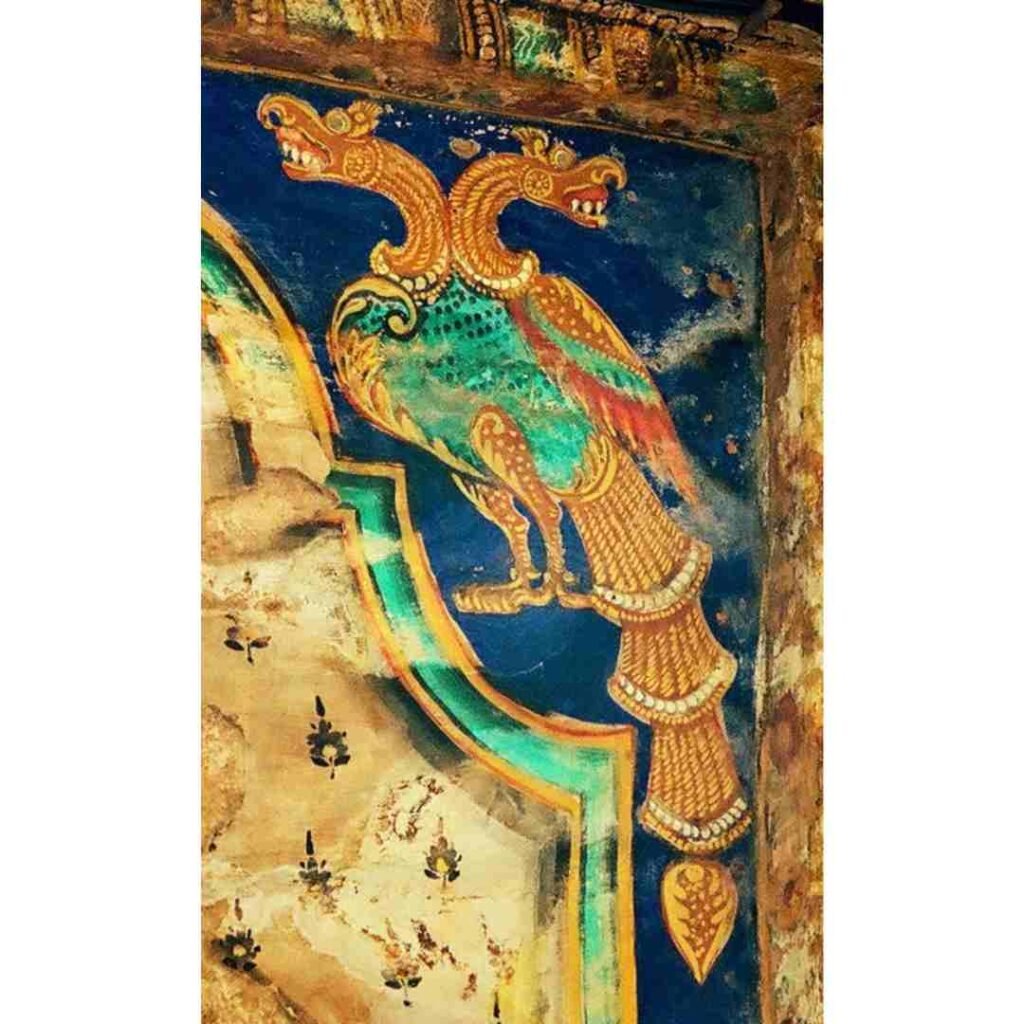
Bhoota Vahana Yantra
It appears that robots are quite ancient. According to an 11th-century text, when Buddha died, it fell to King Ajatashatru of Magadha to protect his sacred relics. Ajatashatru concealed the relics in a secret underground chamber in his capital, Pataliputra (now Patna in Bihar). And the warriors who stood guard were automatons, but not just any automatons though. Bhoota Vahana Yantra literally means ‘spirit movement machine’, so these robots had spirits inside them that were responsible for their movements. Needless to say, these robots made excellent guards.
